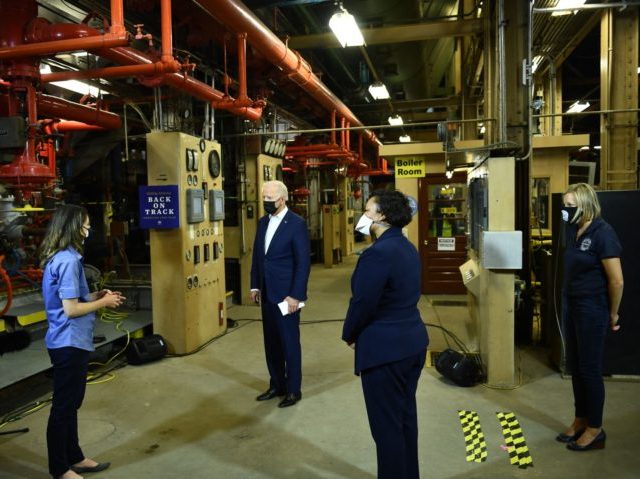Factory output in the U.S. was just a fraction of what economists expected in April as manufacturers lost employees and faced shortages of semiconductors and raw materials.
Manufacturing output rose just 0.4 percent in April, compared with expectations for a 1.8 percent gain, the Federal Reserve said Friday.
Somewhat offsetting the disappointing April figure was an upward revision for March, from 2.7 percent to 3.1 percent.
Employment in manufacturing fell by 18,000 in April as jobs grew far slower than expected. Many businesses and a growing number of economists believe that enhanced unemployment benefits, which pay out-of-work Americans an extra $300 per week, are holding back employment.
Auto production fell 4.3 percent in April, largely because car makers can’t find enough semiconductors. But the output of computers, electrical equipment and appliances, machinery, and metals such as steel all increased.
Industrial production — a catchall category that includes output at factories, mines, and utilities — rose 0.7 percent last month, down from a sharp increase of 2.4 percent in March. The March gain was revised sharply higher from an initial estimate of a 1.4 percent rise.
“Recovery in industrial output, especially manufacturing, is ongoing and is likely to remain supported by still-strong demand for goods,” said Rubeela Farooqi, chief economist at High Frequency Economics. “But supply chain bottlenecks are an ongoing headwind in the near term.”
Utility production climbed 2.6 percent, after a sharp drop in March that. And mines lifted production 0.7 percent last month, after jumping 8.9 percent in March and falling 9.5 percent in the freeze of February.
The U.S. economy has been growing at a rapid pace but shortages of workers and materials may now be holding back growth. In addition, much higher than expected jumps in inflation measures point to demand outpacing supply, raising fears of 1970s-style stagflation.
Still, there are signs that Americans are switching some of their spending away from goods to services, as restaurants, movies, and other entertainment venues open up. Retail sales for April were flat, according to a separate report Friday, though sales at restaurants and bars rose 3 percent.
–The Associated Press contributed to this report.

COMMENTS
Please let us know if you're having issues with commenting.